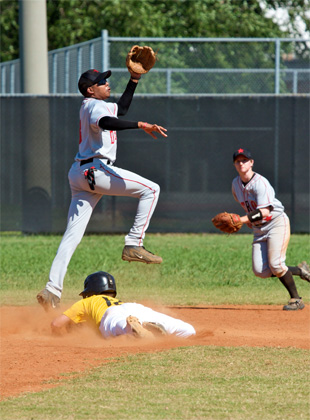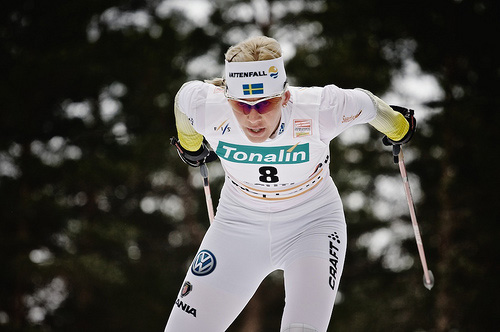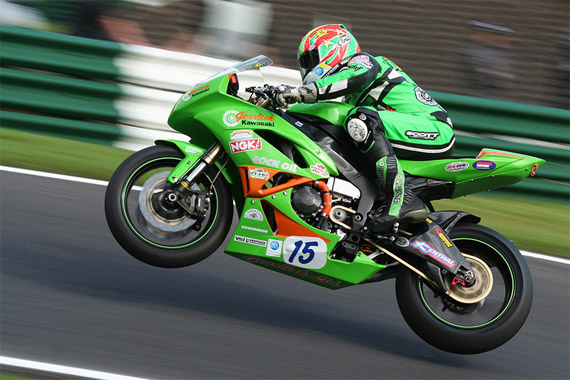Sports photography is a large topic, and would require extensive review to truly do it justice here. However, a brief overview of how to get the best sports shots can be found in these four handy tips. Grab your camera and get ready for some sport, as I’m going to show you how to get those shots that the newspapers love!

“Jaxx Baseball” captured by PictureSocial member Scott A. Pope
1. Don’t forget that camera!
I find that DSLR cameras are best for sports photography. Obviously, sports photographs are action shots, meaning that you’ll need to have good reflexes to snap that once-in-a-lifetime shot. Point-and-shoot cameras often experience what is called shutter lag, or the time between you pressing the button and your camera taking the image. For ‘happy snaps’ (vacation shots, etc.), this does not matter, as your subject will usually stand stationary for longer than the period of shutter lag. However, in sports photography, quick timing is everything. Compact point-and-shoot cameras usually have the longest shutter lag and rangefinder cameras have the least shutter lag out of digital cameras. However, the shutter lag for DSLR cameras is insignificant.
Generally, the greater the lens focal length, the wider your shot will be. This is a consideration in sports photography, as soccer and football pitches can often require great lens focal length.
2. Avoid background clutter
Take a look at any good sports photograph, and you will notice that the background clutter has been reduced. A shot on the far side of a field will often feature spectators, advertisements, and other distractions which can wreck your brilliant shot. If it is not possible to distinguish the subject of your shot from the background, the shot might not be worth using. Remember though, if you have no other option, this may be your only choice.

“World Cup Womens Lahti, Finland” captured by PictureSocial Kirby Wilson
3. Placing your shot: rules to keep in mind
The rule of faces: A subject’s facial expression can make or break a shot. If you plan on selling your sports photographs, keep in mind that many editors want to be able to see the emotion on the sportsperson’s face—that is, a photo covering a play from behind may be passed up in favor of one covering the same play from in front, showing the player’s face. If it’s not possible to get a shot of a player’s face, a ‘back of head’ shot may be your only option, but be prepared for rejection by some leading photo editors.
The rule of thirds: Centering the subject of a photo can often be useful, but many photographers live by the “rule of thirds”, which dictates that important compositional elements of a photograph should be placed on one of the intersections between imaginary vertical and horizontal lines dividing the photograph into thirds. Advocates of the rule of thirds argue that this technique creates more energy in the photo than a centered shot.
4. Blurring is good
Budding photographers are nearly always instructed to minimize the blur in their photographs. In non-action photography, blur can be a bad thing. There’s nothing worse than getting your photographs back from developing, only to find that the subject of the photograph is indistinguishable from the background due to blur. However, in action photography, blur can be good, as it implies movement. When you see a soccer ball sliding through the air, your eye does not capture the image as still, so nor should your photographs. Do some practice using varying shutter speeds to get that optimal blur. It could make or break your shot.

“Motorcycle Racer” captured by PictureSocial member Barry Price
There you have it. Four handy hints to getting the best sports photograph possible. If it’s not possible to get into the action, why not capture it with a photograph?
About the Author:
Julie Spaulding is the owner-operator of howtodevelopfilm dot com, a source on film developing.
Go to full article: Tips For Great Sports Photography
What are your thoughts on this article? Join the discussion on Facebook
PictureCorrect subscribers can also learn more today with our #1 bestseller: The Photography Tutorial eBook
The post Tips For Great Sports Photography appeared first on PictureCorrect.
from PictureCorrect http://bit.ly/2WbbLsz
via IFTTT






0 kommenttia:
Lähetä kommentti